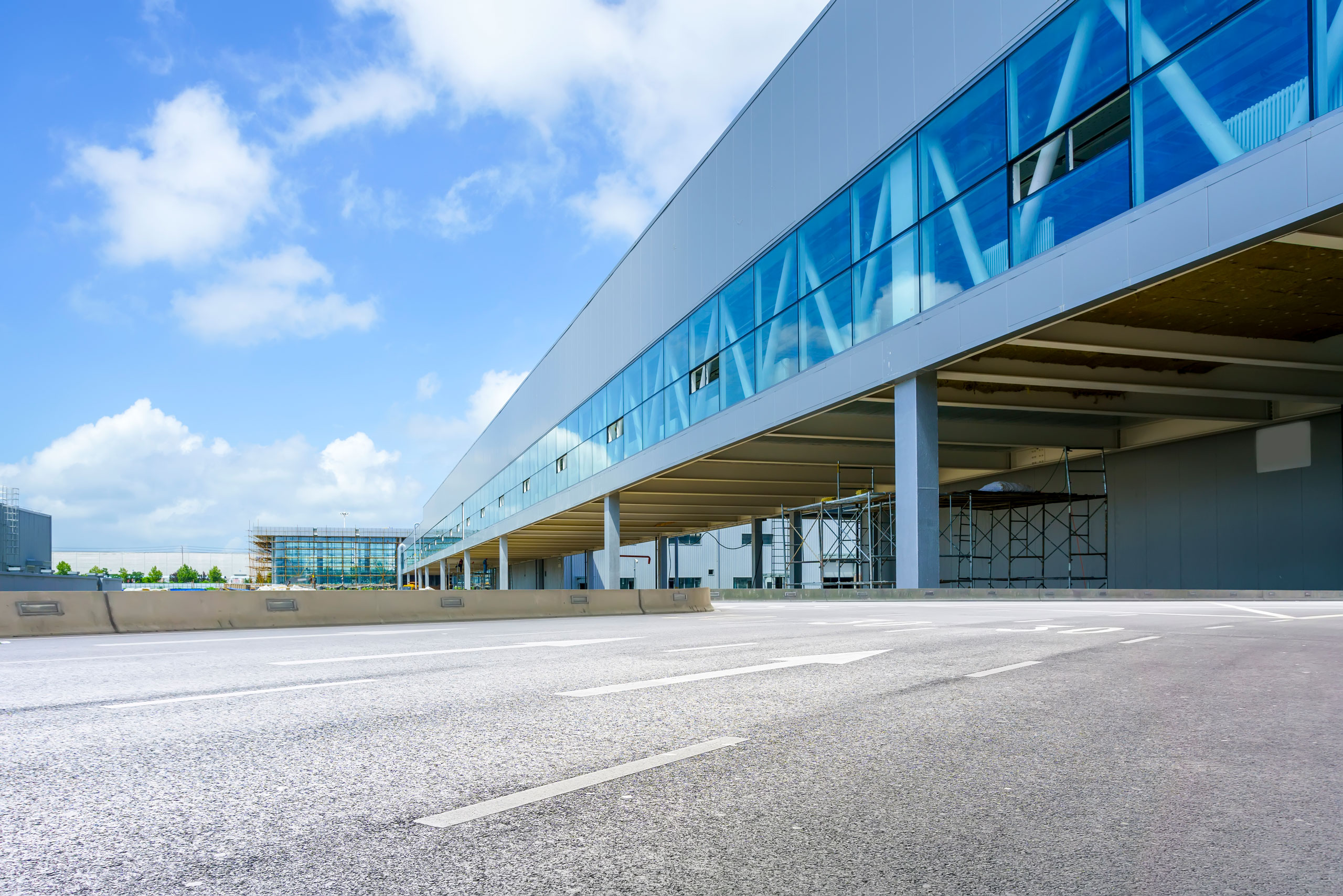Menu

Duration: 0.50 Hrs
Course Level: Fundamental
Languages: English
Capability: Audio, Video, MobileReady
Hydronic heating and cooling systems move water around in order to transfer heat and cooling. Pump and heat exchangers are key components in hydronic systems. This interactive online course covers centrifugal pumps, including their construction and operation, as well as heat exchanger technology, construction, and operation.
By the end of this course, you will be able to:
Duration: 0.50 Hrs
Course Level: Fundamental
Languages: English
Capability: Audio, Video, MobileReady
Hydronics is a means of heating and cooling using a fluid as the heat transfer medium. Historically, in large-scale commercial buildings, the Heating, Ventilating and Air-Conditioning (HVAC) systems utilize water-based hydronic designs. In this interactive online course, we will describe the differences among the different types of hydronic systems. We will discuss expansion tanks and their role in a hydronic system. We will also discuss make-up water systems, air elimination, meters, and gauges.
By the end of this course, you will be able to:
Duration: 0.50 Hrs
Course Level: Fundamental
Languages: English
Capability: Audio, Video, MobileReady
Did you know water quality significantly affects the efficiency, maintenance requirements, and service life of evaporative cooling system equipment? Water treatment is important for efficient cooling tower operation. Water hardness, alkalinity, pH, TDS, and TSS all need to be measured and controlled to prevent scale, corrosion, and biological growth. This interactive online course cover the practical user of water based heating and cooling systems. The goal is to introduce and understand the operation of one of the most basic elements in a hydronic cooling system, the cooling tower.
By the end of this course, you will be able to:
Duration: 0.50 Hrs
Course Level: Fundamental
Languages: English
Capability: Audio, Video, MobileReady
Did you know dry-coolers can only take advantage of the difference between the water temperature and the dry-bulb temperature, so they cannot support the temperature needs of most refrigeration systems? This interactive online course has been created with the practical user of water based (hydronic) heating and cooling systems in mind. The goal is to introduce and understand one of the most basic elements in a hydronic cooling system: The cooling tower. Here we will convey the fundamentals of the means of heat rejection so that you can responsibly and confidently manage and operate buildings that utilize such systems. The objectives of this course are to understand open tower construction and operation; fluid cooler construction and operation; and to provide an overview of water treatment basics.
By the end of this course, you will be able to:
Duration: 0.50 Hrs
Course Level: Fundamental
Languages: English
Capability: Audio, Video, MobileReady
Hydronics is a means of heating and cooling using a fluid as the heat transfer medium. Hydronic systems include heating water systems, chilled water-cooling systems as well as some process and domestic water distribution systems. Cooling may be provided by an air-cooled chiller or a water-cooled chiller, and heating is often provided using a hot water boiler. There are numerous pump types for hydronic systems that move fluids, and their construction and operation are dictated by the type of fluid they are moving. In this interactive online course, we will focus on rotodynamic pumps, and more specifically centrifugal pumps, since they are the most common in commercial building systems.
By the end of this course, you will be able to: